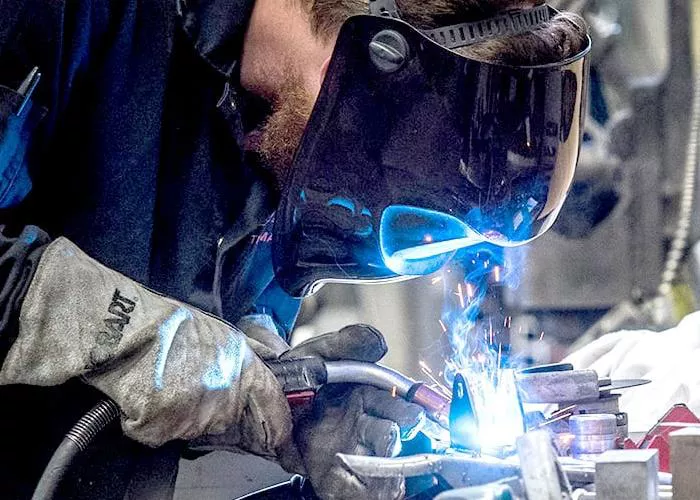In February, the Federal Aviation Administration (FAA) officially certified the Catalyst engine, a groundbreaking turboprop design developed by GE Aerospace and Avio Aero. The engine, produced entirely in Europe by Avio Aero, a GE Aerospace subsidiary based in Italy, is set to power the Beechcraft Denali, Textron Aviation’s newest single-engine turboprop aircraft. With a clean-sheet design and cutting-edge technology, the Catalyst engine aims to redefine the standards for efficiency, performance, and sustainability in the aviation sector.
The project brought together expertise from engineers across Italy, Poland, Germany, and the Czech Republic. “This was a huge team effort,” said Paul Corkery, general manager of the Catalyst programme since 2016. “We harnessed the diverse skills of our engineers, all driven by the challenge of developing a new centreline technology in a completely fresh-size package.”
Building an engine from scratch, without relying on existing components, is a rare and complex task due to its high cost and technical demands. The Catalyst underwent 23 engine-level tests and over 190 component-level evaluations, accumulating more than 8,000 hours of operation, including 3,000 hours of flight tests.
One of the Catalyst’s most innovative features is the integration of Full Authority Digital Engine Control (FADEC), a system previously reserved for commercial jet engines. FADEC autonomously manages engine parameters, giving pilots a streamlined, jet-like experience. “This market has never seen anything like it before,” Corkery said. “FADEC optimizes fuel flow, thrust, and torque automatically, moving from manual controls to full automation. It’s like the difference between a stick shift and an automatic transmission.”
The Catalyst also incorporates advanced technologies such as 3D-printed components, next-generation compressor and combustor designs, and cutting-edge aerodynamics. This modernized approach to turboprop engines not only enhances performance but also lays the foundation for sustainable aviation. The Catalyst is a key part of Clean Aviation’s hybrid-electric AMBER project and is designed to be adaptable for future hydrogen-fuel-cell and battery-powered propulsion systems.
“We saw an opportunity to drive technology into this market,” Corkery stated. “From improved fuel efficiency to reduced emissions and hybrid-electric capabilities, the Catalyst engine is built for the next generation of flight.”
With its innovative features and sustainability focus, the Catalyst engine is poised to lead the way in the future of turboprop aviation, fulfilling its promise to be the foundation for next-generation aircraft propulsion systems.

